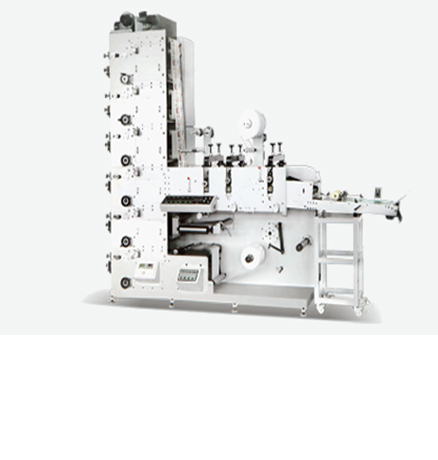A food label is a critical component of any packaged food product, serving as a primary source of information for consumers and a regulatory requirement for manufacturers. According to international standards established by the Codex Alimentarius Commission, a food label is defined as "any tag, brand, mark, pictorial or other descriptive matter... attached to a container of food" that communicates essential details about the product, including ingredients, nutritional value, and safety instructions. This definition underscores its dual role: informing consumers and ensuring compliance with global food safety regulations.
Food labels are meticulously designed to provide comprehensive and standardized information. Key elements include:
1. Product Name and Description: Clearly states the food’s identity, such as "Whole Grain Oatmeal" or "Organic Tomato Sauce."
2. Ingredient List: Lists all components in descending order by weight, including additives and processing aids. For example, a cereal label might read "wheat flour, sugar, salt, vitamin D".
3. Nutrition Facts: Details nutrients like calories, fat, sodium, and dietary fiber. Recent updates by the U.S. FDA now require declarations of added sugars and emphasize vitamins D and potassium, reflecting current health priorities.
4. Allergen Warnings: Highlights common allergens such as milk, nuts, and soy, ensuring safety for individuals with sensitivities.
5. Date Markings: Indicates "best before" or "use by" dates to guide freshness and safety.
6. Net Quantity: Specifies the product’s weight or volume.
7. Manufacturer Information: Includes the company’s name, address, and contact details.
8. Country of Origin: Mandatory in many regions if the product’s origin is implied by branding.
Food labels are vital for several reasons:
1. Consumer Empowerment: They enable informed choices by translating complex nutritional data into accessible formats. For instance, a parent can easily identify snacks low in added sugars for their child.
2. Regulatory Compliance: Governments like the EU and the U.S. enforce strict labeling laws to prevent misleading claims and ensure transparency. Non-compliance can lead to fines or product recalls.
3. Health and Safety: Allergen warnings and storage instructions directly protect consumers. For example, a "Contains Peanuts" label safeguards those with life-threatening allergies.
4. Brand Trust: Clear, accurate labels build consumer confidence. A study by the Food and Agriculture Organization (FAO) found that 70% of shoppers rely on labels to evaluate a product’s quality.
The production of food labels involves a systematic process:
1. Design and Regulatory Review: Graphic designers create prototypes aligned with legal requirements. For example, the FDA mandates specific font sizes for calorie counts to enhance readability.
2. Material Selection: Labels are printed on materials like paper, plastic films, or aluminum foil, chosen for durability and compatibility with food contact.
3. Printing Technology:
Flexo Printing: Widely used in food labeling, Label Flexo Printing Machines offer high efficiency and versatility. These machines use flexible polymer plates and water-based or UV-curable inks, which are safe for food packaging. For instance, the Centraflex machine supports roll-to-roll printing with UV drying, ideal for producing labels on thin films or papers.
Advantages of Flexo:
Cost-Effective: Lower setup costs compared to offset or gravure printing, making it suitable for small to medium production runs.
Environmental Friendliness: Water-based inks reduce VOC emissions, aligning with sustainability goals.
High-Quality Results: Achieves sharp text and vibrant colors, even on irregular surfaces. The Satellite Type Flexo Label Printing Machine, for example, can print up to 60 meters per minute with precision.
4. Post-Printing Processes: Labels may undergo laminating, die-cutting, or varnishing to enhance durability. For example, a label for frozen food might require a moisture-resistant coating.
5. Quality Control: Automated systems check for errors in text, color, and alignment. Human inspectors verify compliance with allergen warnings and other critical details.
Food labels are far more than just stickers on packaging; they are a cornerstone of consumer protection and market integrity. From their definition under international standards to their role in guiding dietary choices, labels serve as a bridge between manufacturers and consumers. The production process, particularly the use of Label Flexo Printing Machines, ensures that these labels are not only informative but also produced efficiently and safely. As global food systems evolve, the importance of accurate, compliant labeling will only grow, making technologies like flexo printing indispensable in meeting future demands.


GET A QUOTE